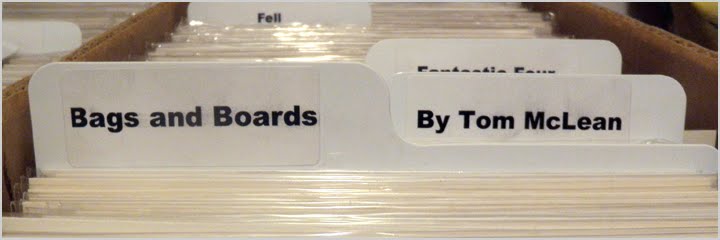Oh, my. It’s been a while since I posted on this blog, but I didn’t think it was THAT long.
Why so long away? Simply put, I’ve been busy with other things — work things that pay money, such as editing special advertising supplements for the local major newspaper. And some of this coincides with a dearth of comics material I was excited about enough to write about.
Anyway, I’m back and plan to do as much with this blog as I can in the near future. Don’t expect daily updates, but I’ve been plowing through some of the massive stacks of graphic novels and comics that have accumulated around me and want to talk about them and some of the overall trends of interest I’m seeing in the medium.
I’m also thinking about some regular features that I’d like to do, including an issue-by-issue re-read of the Stan Lee and Jack Kirby run on Fantastic Four and some critical looks at individual comic-book movies that I’m thinking of calling "The Essential Comic Book Movies." But, we’ll see …
To start off, let’s look at some of the latest books, both old and new, that I’ve cleared off my reading pile the past couple of week. I've got a few of these written up and will spread out the posting dates over the next little while to give everyone a reason to come back.
By far the most impressive comic I’ve read in ages is Epic’s 1980s reprint of Blueberry 2: Ballad for a Coffin (Epic, $14.95, 1989), by Jean-Michel Charlier and Jean “Moebius” Giraud. It’s a crime against art that these stories are not in print constantly for readers to take up. I’m not an expert on Westerns in comics (though Kirby and Simon’s Boys' Ranch is on my list of to-acquire books), but this is an astonishingly excellent series. Paced somewhat like a classic comic strip, though without the constant need to recap the story, these two volumes see the anti-hero Mike Blueberry assigned a secret mission to recover a half-million dollars in Confederate gold thought hidden over the Arizona border.
The story is detailed in the way a good novel is, standing in stark contrast to the slack movie-style plotting of most modern American comic books. Each page of these books, printed in the old Marvel graphic novel style, could be split in half much like the old Carl Barks duck stories were. And something actually happens in each half page — there’s plenty of script and story crammed into each segment, and it’s all well researched and full of believable character-defining script and art.

